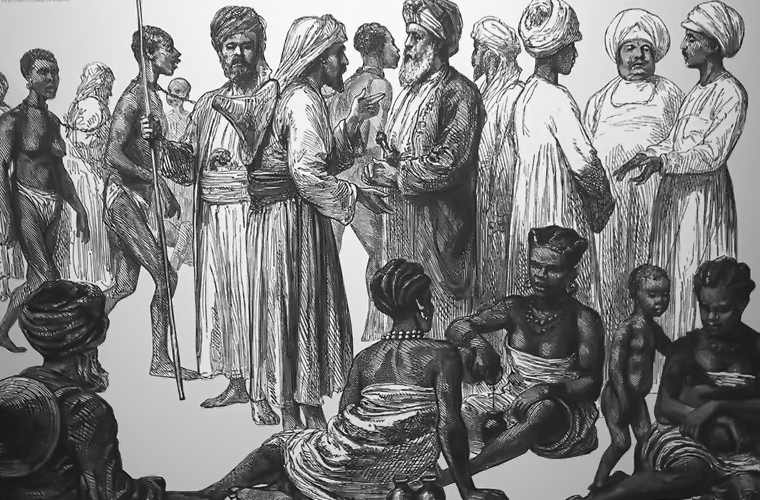In the 17th century, the establishment of European settlements in the Americas marked the beginning of a significant shift in labor practices and the economy. The cultivation of labor-intensive crops such as tobacco, rice, sugar cane, and cotton led to a growing demand for labor. European immigrants who had ventured to America to own their land were reluctant to work for others, creating a shortage of available labor. In response to this shortage, planters turned to the purchase of slaves as a means of meeting their labor needs. Initially, slaves were sourced from the West Indies, but by the late 18th century, the direct importation of slaves from Africa became common practice. This led to the establishment of bustling slave markets in key American cities such as Philadelphia, Richmond, Charleston, and New Orleans.
The conditions of these slave markets were described in vivid detail by William Wells Brown, a prominent campaigner against slavery. He depicted the scenes of slave prisons, auctions, and the use of instruments of cruelty such as handcuffs, whips, and chains. Brown’s account painted a harrowing picture of the inhumane treatment and suffering endured by those caught in the web of the American slave trade.
Henry Bibb, in his work “The Life and Adventures of an American Slave,” further emphasized the dehumanizing nature of the slave trade. He described how slaves were bought and sold like commodities, stripped of their autonomy, and subjected to brutal treatment at the hands of their owners. Bibb’s narrative sheds light on the profound sense of helplessness and despair experienced by those held in bondage.
Solomon Northup’s autobiography, “Twelve Years a Slave,” provided a firsthand account of the slave auction experience. Northup detailed the preparations slaves were subjected to before being presented for sale, highlighting the dehumanizing process they were forced to undergo. His narrative also captured the heart-wrenching moment when a mother was separated from her child, underscoring the emotional anguish inflicted upon families torn apart by the callousness of the slave trade.
Mary Prince’s recollection of being sold as a child in Bermuda offered a poignant insight into the emotional turmoil experienced by those subjected to the brutality of slavery. Her description of being displayed for sale, treated as a mere commodity to be examined and traded, laid bare the callous disregard for the humanity of those caught in the grip of slavery.
James Pennington’s account in “The Fugitive Blacksmith” further underscored the devastating impact of the slave trade on families. The story of Rachel’s sale to Georgia due to the unwelcome advances of her owner’s son highlighted the pervasive abuse of power and exploitation inherent in the system of slavery.
These narratives collectively serve as powerful testaments to the inhumanity and cruelty that defined the American slave trade. They offer a sobering reminder of the deep scars left by this dark chapter in history and stand as a compelling call to confront the legacy of slavery with empathy and understanding.

